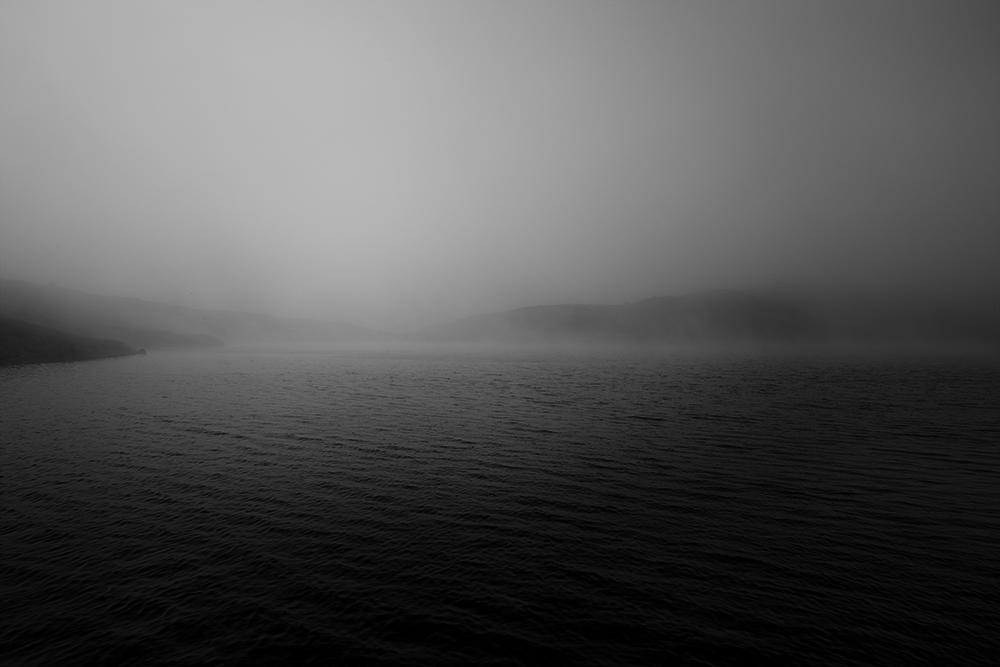ENTRY DESCRIPTION
What Will Happen To Us?
The question went through my mind when I was hiking together with my wife on a rainy day in the Emmen Valley Region of Switzerland. Since 1880, 18 of the warmest years have been measured in the last 20 years. Sea levels are rising, and forests are burning. The permafrost in the Arctic is thawing, and the methane trapped in the ice can erupt at any time. In 1896 the Swedish chemist Svante Arrhenius pointed out the consequences that burning coal and kerosene could lead to global warming.
"It is worse, much worse than we think" begins the book, The Uninhabitable Earth, written by David Wallace-Wells. You don't have to be a scientist to realize that climate change is a problem. The temperature in the last thousands of years has never climbed as fast as it has during the past 140 years. Scientists around the world are concerned about climate change. Some people use the words climate crisis instead of climate change. I share their opinion.
When is the point reached when climate change is out of control? I compare the situation today with the first (and only) crossing of the Atlantic Ocean by the RMS Titanic in 1912, a few miles away from an iceberg whose size could not be foreseen. The captain, convinced of the unsinkability of the Titanic, is not a human being but a world intoxicated by a mixture of populism, false information, lies, stupidity, and special interests - a dangerous cocktail that does not inspire confidence in the future. There is no space for local "Me First." We need a global "Yes We Can." But we are far away from that.
What will happen to us?
Paul Christener
AUTHOR
I am fascinated by gloomy views, by dark and heavy clouds, and by huge snow walls and snow corridors. Most of my images are created on the edge of daylight. I prefer to work during soft light because there are no locked shadows or harsh highlights. That time at the border of daylight or under a cloudy sky, has less contrast, so I like to incorporate diffused light, rain and falling snow into my work. Such conditions create the opportunity to reduce an image to gray tones and strong contrasts.
The majority of my most powerful experiences have emerged when I have been outside my comfort zone, when my wife and I are travelling on foot and only carry the bare essentials that fit in our backpacks. A mountain tour during a cloudless day is usually a beautiful event. However, the same tour during a snowstorm can be a truly unforgettable experience. How such an excursion ends depends on you have prepared for it and the ability to say “that’s enough for today” and turn back when it is necessary. Sitting in a small tent, during long days of rain when everything is wet and cold can be a boring and unpleasant experience. During such moments, I sometimes wonder why I bother doing such a thing, but when I return back home the first thing I usually do is start to plan the next short or long stay outside the comfort zone.
Such thoughts have had a strong influence on my work that has been presented in “My Work” and “Portfolio”
I live with my wife in a small town in the Emmental region of Switzerland.
back to gallery
